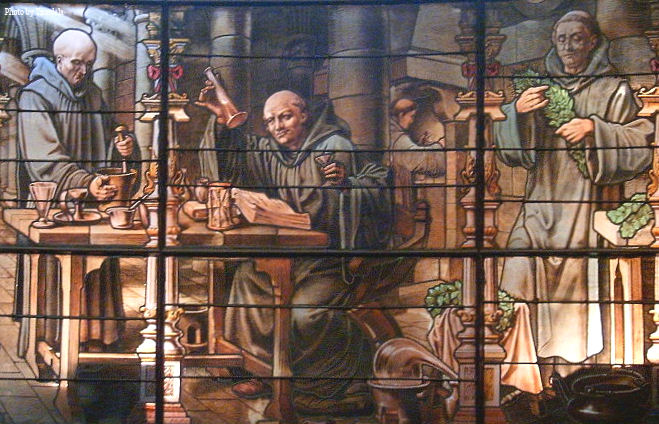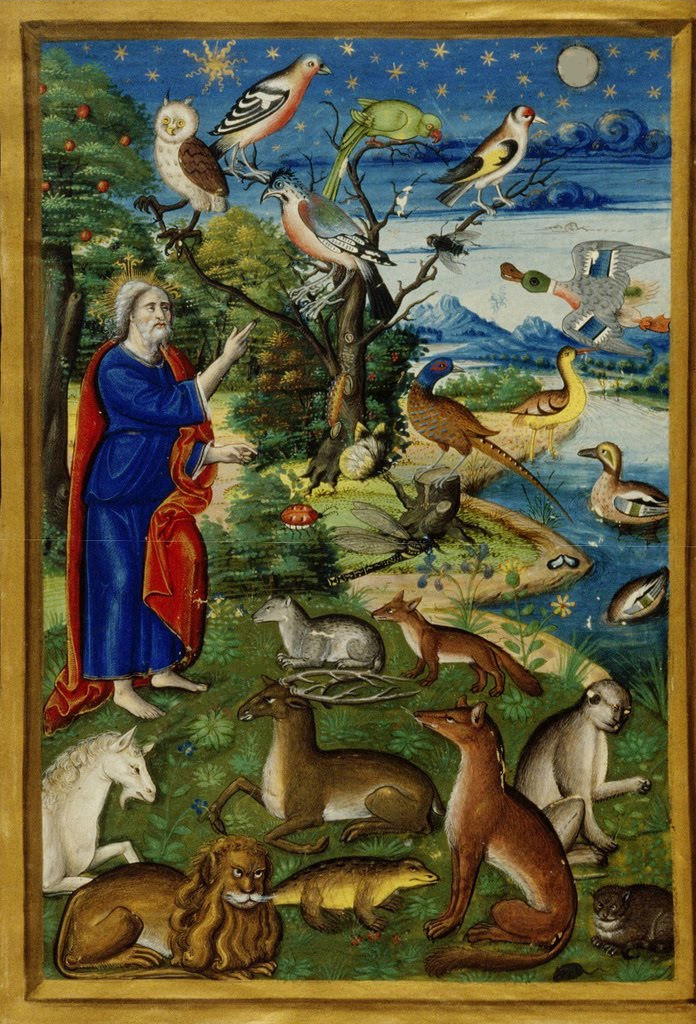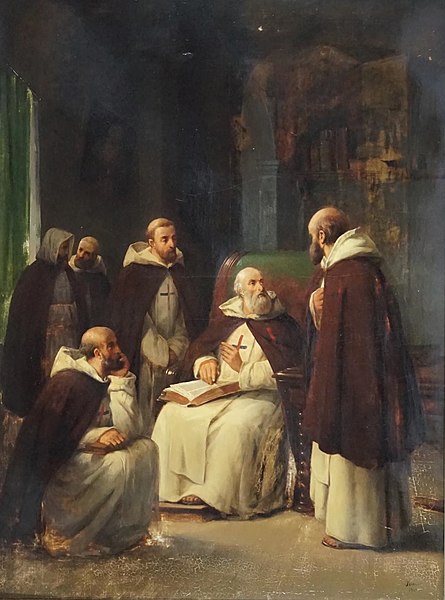CHAPTER 4
A Fundamental Building Block of Christian Society
At this point someone could ask: “So what do you think is the solution? You said that this exuberance in the life of a people took place when communication was cut off, and that when communication recommenced this vitality disappeared. Does that mean we should bomb the roads so that everyone is cut off once again? So, the remote hamlet and the inaccessible places are the way back to a unified culture and civilisation? Are you saying that the big towns and cities are beasts that devour true civilisation? This is not a feasible solution!”

“Aseity is the virtue by which a person develops his own originality. In doing so, he develops qualities that make him unique and unmistakable in the work of Creation.”
Halles food market by Victor Gabriel Gilbert. Malraux Museum, Le Havre
The answer is quite simple. It is not true that the remote and inaccessible places of themselves bring about a lifestyle full of vitality. Our countries are full of these remote places that suffer the same ills of a culture and civilisation that have very little unique. This is because they also have, among other things, radio and television that affect them as much as anyone else in the cities. Breakdown of communications was a circumstantial and temporary event that favoured events, but there is another factor that is much more profound and important that brought this about.
This factor is a religious life. The Middle Ages is a good example. The Middle Ages in spite of its faults—indeed every human epoch has had and will have its shortcomings—was an era of intense religious life. Pope Leo XIII attests to this in his encyclical Immortale Dei:
There was once a time when States were governed by the philosophy of the Gospel. Then it was that the power and divine virtue of Christian wisdom had diffused itself throughout the laws, institutions, and morals of the people, permeating all ranks and relations of civil society. Then, too, the religion instituted by Jesus Christ, established firm- ly in befitting dignity, flourished everywhere, by the favour of princes and the legitimate protection of magistrates; and Church and State were happily united in concord and friendly interchange of good offices. The State, constituted in this wise, bore fruits important beyond all expectation, whose remembrance is still, and always will be, in renown, witnessed to as they are by countless proofs which can never be blotted out or ever obscured by any craft of any enemies.5
Hence a truly religious life, clearly understood and properly lived, will stimulate each individual to develop his personality, will encourage him to express his originality and uniqueness with vigour and clarity. In other words, a truly religious formation shapes people with very strong personalities.

Dom Bernardo Vincelli, on the far right, along with other Benedictine monks at the Abbey of Fécamp, created an aromatic and medicinal herbal liqueur, which became what is universally acclaimed today as DOM Bénédictine.
Click the picture to learn more about this liqueur and get a recipe.
This is why one can say that there is nothing more similar than two saints; but at the same time there is nothing more different. It is true that they are similar in their sanctity, but it is also true that there is a marked difference in their ways of being. Their personalities can have fundamental and transcendental differences.
St. Thomas Aquinas explains the reason for this very well in the Summa Theologica and the Summa Contra Gentiles. He says that God wanted to create the present order of things with an immense variety of different creatures. Each creature would be unique, with its own characteristics, a dominant personality trait. Consequently each creature should shine with a wholesome originality. We are not talking about extravagance, and especially not about copycat behaviour or mass-produced mentalities.

Accordingly, in the Book of Genesis (1:31) it is said: ‘God saw all the things that He made, and they were very good.’
It is by placing all these many creatures side-by-side, each one reflecting God in the particular way he is called to do, that we can have a global idea of God in this life. It is like the sun being reflected in thousands of little mirrors. If we place all the mirrors together, as if in a mosaic, we can have a certain notion of the sun in its totality.
Therefore, we can conclude that it is fundamental for the plans of Providence, as well as for the good order of human creatures themselves, that each one’s uniqueness clearly shines forth. Each one’s wholesome and legitimate characteristics should blossom, develop, impose, and triumph in the fight that is our daily lives.
5 Leo XIII, encyclical Immortale Dei, 1 November, 1885, Bonne Press, Paris, vol. 2, p. 39.
The Christian Institution of the Family: A Dynamic Force to Regenerate Society, by Tradition, Family, Property Association. Pgs. 37-40.







